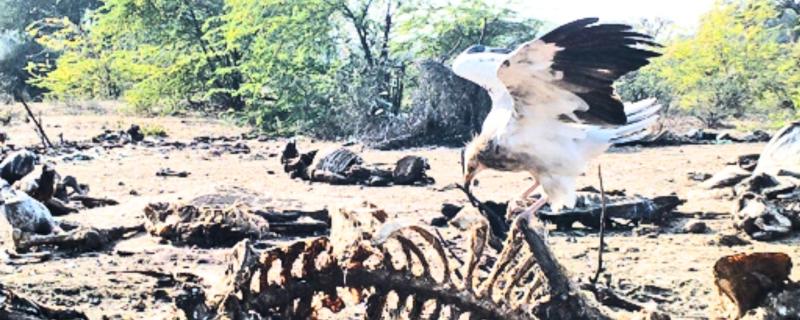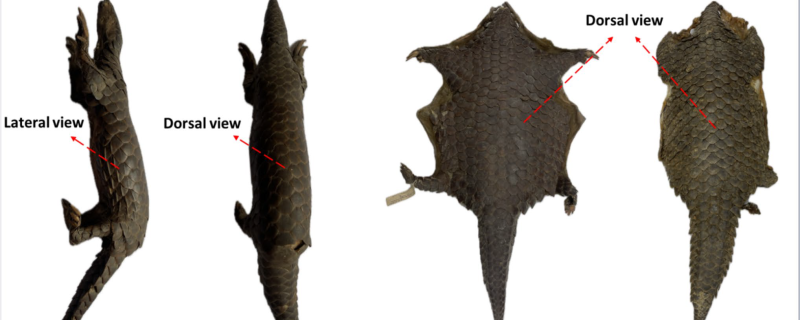New research reveals that cultural tolerance and political pressure, rather than just biological science, dictate the life or death of tigers in India and wolves in Germany.
A new review reveals that rising global temperatures, increased pollution, and extreme weather events are driving a global surge in eye diseases, disproportionately affecting vulnerable communities and challenging healthcare systems.
Roorkee/










![A tiger crossing a road in Tadoba National Park, India [Image Credits: Grassjewel / CC BY-SA] A tiger crossing a road in Tadoba National Park, India [Image Credits: Grassjewel / CC BY-SA]](/sites/researchmatters/files/styles/large_front_800x320/public/panthera_tigris_tigris_tadoba_india_wild_tiger_0.jpg?itok=EDu1DTiI)